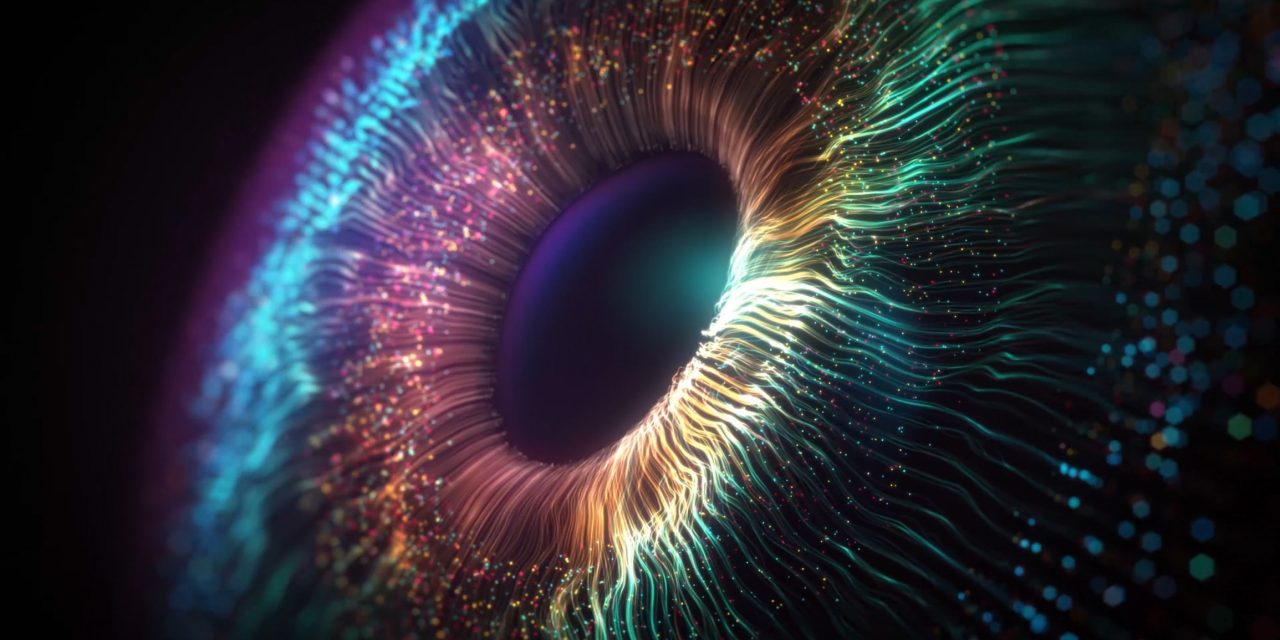The primary objective was to evaluate the efficacy and safety of Er:YAG laser treatment for meibomian gland dysfunction (MGD) in a prospective study.
A total of 128 eyes from 64 patients with MGD were enrolled to receive either three Er:YAG laser treatments with meibomian gland expression (MGX) or MGX-alone treatment sessions at 3-week intervals. The Standard Patient Evaluation of Eye Dryness (SPEED) validated questionnaire; fluorescein breakup time of the tear film (FBUT); corneal fluorescein staining (CFS); lid margin abnormalities; meibomian gland morphology (meiboscore); lower tear meniscus height (TMH); and assessment of 15 meibomian glands in the lower eyelids, including total meibomian gland secretion quality (TMGS), the number of glands secreting any liquid (GSAL), and the number of glands yielding optimal clear liquid secretion (GYCL), were assessed at day (D)0, D21, D42, and D63 for the Er:YAG-MGX group and D0 and D63 for the MGX group.
At D63, significant decreases in SPEED scores and lid margin abnormalities as well as significant increases in FBUT, TMGS, and GSAL were observed in both groups (all p < 0.05). The Er:YAG-MGX group showed a significantly better improvement in SPEED scores, TMGS, and GYCL than the MGX group (all p < 0.05).
Although preliminary, the study results of Er:YAG laser treatment for dry eye syndrome caused by MGD are promising. Er:YAG laser treatment may be a new direction for managing MGD.
The study was registered at www.chictr.org.cn : ChiCTR1900026004.
Prospective trial of a 2940 nm Er:YAG laser for the treatment of meibomian gland dysfunction.


